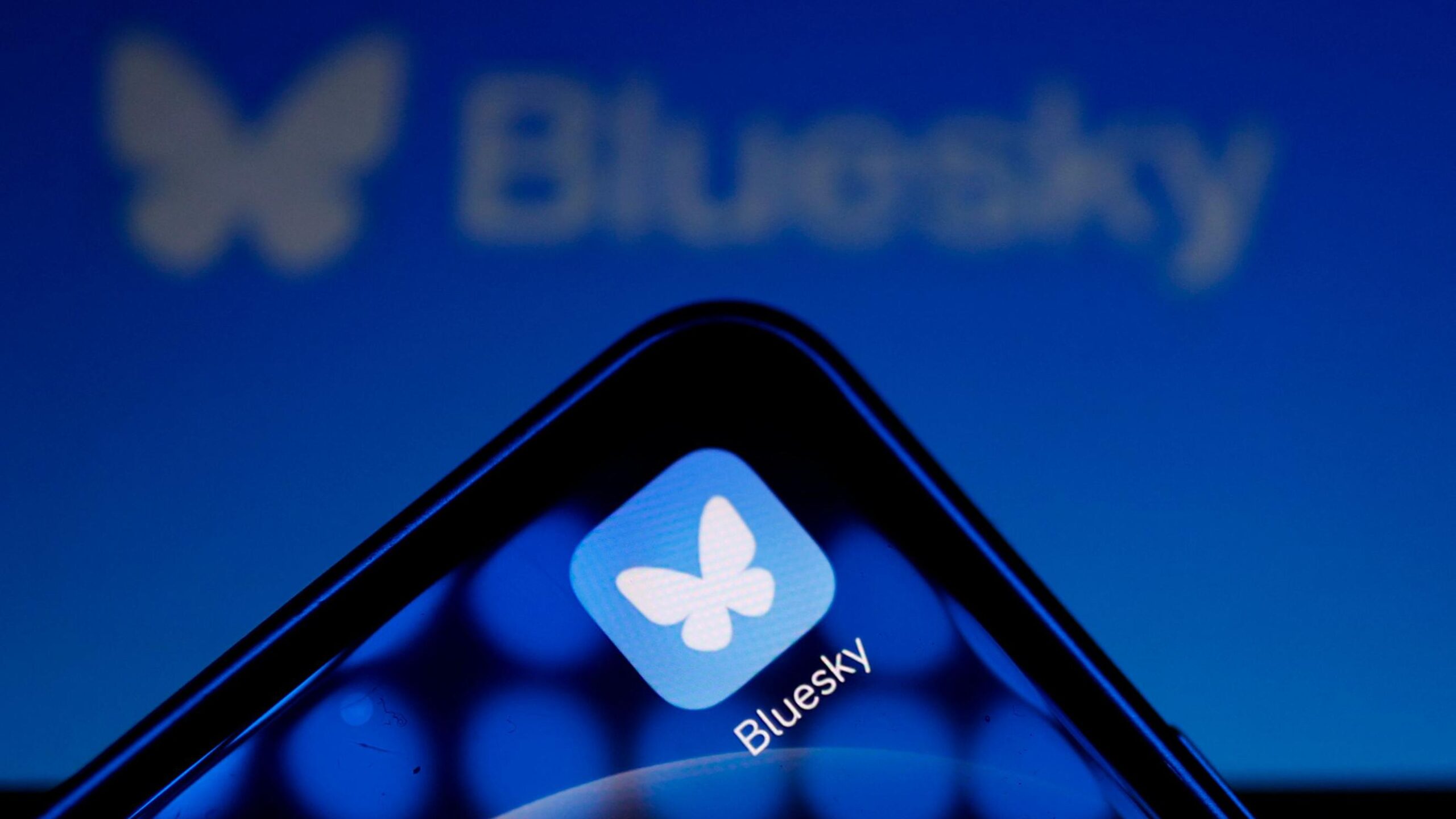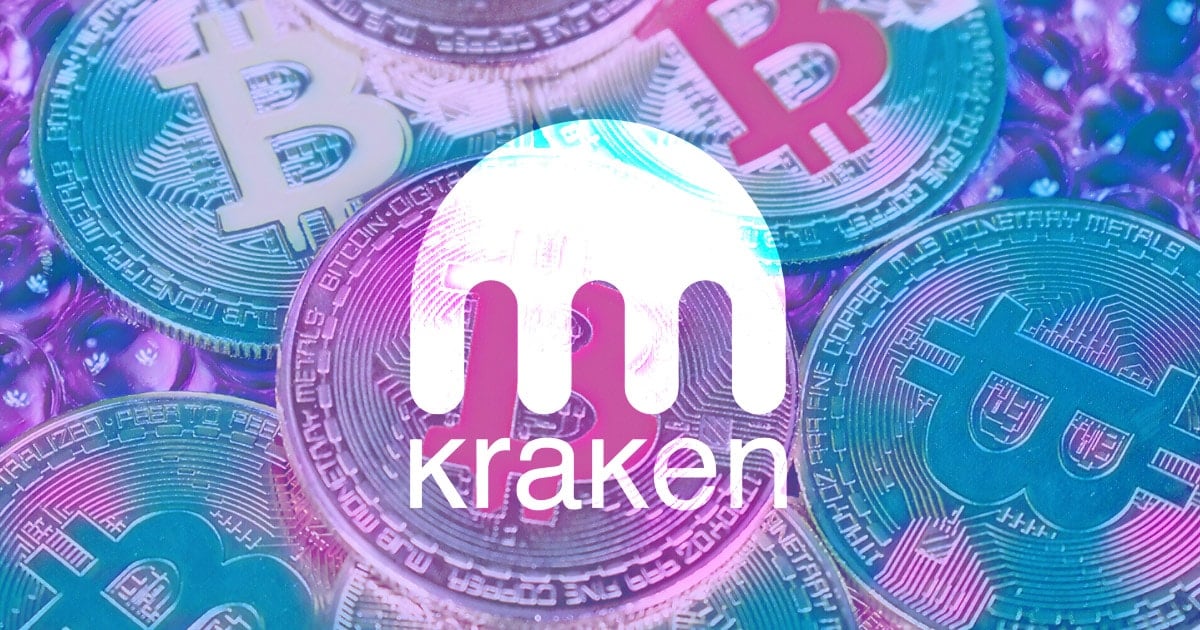Bluesky, a fast-growing Twitter/X rival based on open web principles, detailed in a livestream on Monday how its user account verification will vary from Meta and X
Bluesky envisions a system in which multiple verification providers exist to meet the requirements of its broader community, in contrast to the traditional social media model, which has transitioned to a pay-for-verification model. This model involves users paying for the privilege of the blue check, which confirms their identity.
Currently, the sole method of verifying your account on Bluesky is to adopt a custom domain name, a feature that the company introduced last year.
For instance, this is how you can determine that the @nytimes.com account on Bluesky is associated with the genuine The New York Times publication. Furthermore, Bluesky addresses impersonation concerns immediately upon their emergence.
Nevertheless, Bluesky is of the opinion that custom domains may only serve as a component of the future verification solution.
In the future, the organization is contemplating a model in which multiple verification providers coexist.
Jay Graber, CEO of Bluesky, stated, “…we could be a verification provider — and we might at some point (and, no, I’m not sure when).”
However, it would be a situation in which you are able to access it through one application, and then there may be another application and additional services,” she continued. “They have the option to rely on our verification, which is conducted by the Bluesky team, or to conduct their own.” Alternatively, other individuals could independently complete the task.
Or, in other words, Bluesky is suggesting a verification system in which the company itself, or another entity, does not have exclusive control over who receives the “verified” label and who does not.
This is a reevaluation of verification in comparison to the traditional operation of such systems and their more recent evolution.
Verification has been a source of concern and complexity on Twitter for many years. Initially, Twitter would verify certain high-profile users but disregard others who believed they merited verification as well, resulting in a two-tier class system.
The company endeavored to reform this system to promote democracy by enabling individuals to pay to verify themselves under the ownership of new proprietor Elon Musk.
However, as anticipated, this significant transition was not well received, as users purchased verification checks to attempt to impersonate others on the platform, resulting in havoc.
Even today, X continues to experience issues with verified malware, which has diminished the significance of a verified check.
Meta, on the other hand, implemented paid verification in response to Twitter/X, with the primary objective of supporting creators and businesses on its platform.
In contrast, Bluesky’s objective is to establish an infrastructure that would enable individuals to verify others by their own policies and regulations, similar to the manner in which it currently enables individuals to construct their own feeds, moderation systems, and algorithms.
While Bluesky could opt to concentrate on authenticating high-profile users, other entities could develop verification systems that would evaluate individuals based on additional criteria.
For instance, Graber proposed that a university could verify users as alumni, or a fan group such as the Swifties could verify individuals as community members.
These verification providers have the option to be selective in their verification of individuals, or they may provide more comprehensive services that include verification across a variety of affiliations.
The CEO stated that the challenge would be to present the end user with multiple verifications in a manner that is not perplexing.
The company must determine whether these verifications should be displayed in the same manner as the company’s official client, such as emblems, and whether other third-party Bluesky applications must do the same.
Graber stated, “We are endeavoring to develop a long-term approach that will enable the operation of additional applications and services in addition to our own.”
Another inquiry pertains to timing.
Following the U.S. presidential elections and other policy changes, such as those that permit X to train AI on user data and other policies regarding block work, the company’s 20-person team has been striving to maintain pace with Bluesky’s growth surge.
Bluesky has grown by 8.7 million new users since the election and has now surpassed 22.7 million total users. This has caused Threads, Meta’s X competitor, to respond with its own set of Bluesky-like features, such as the ability to swap your default feed and an update to its algorithm.
Bluesky’s team discussed additional long-term plans during the livestream, such as the potential for Bluesky profiles to be designed to connect users to their broader web presence, which includes their personal website and other social accounts, in a manner similar to Linktree.
The company stated that it was unable to provide a timeline or specific features at this time due to its accelerated growth.



